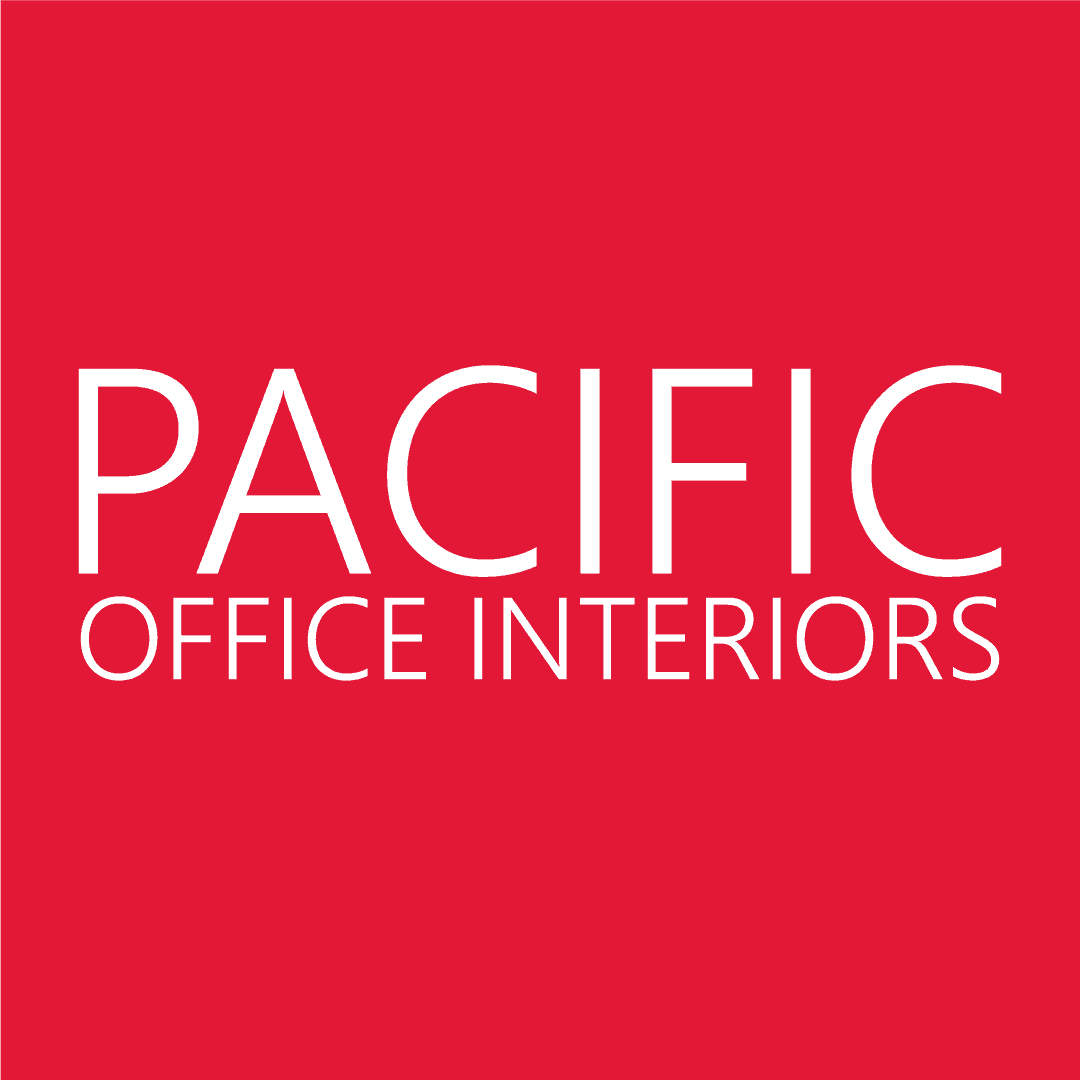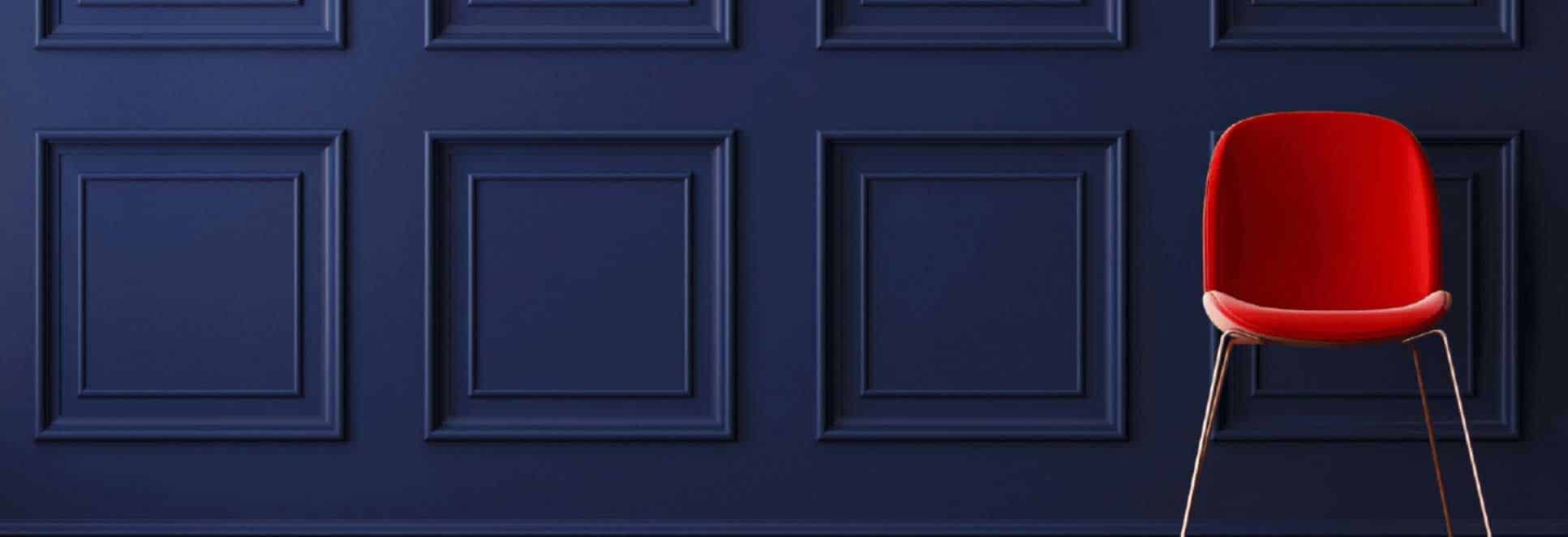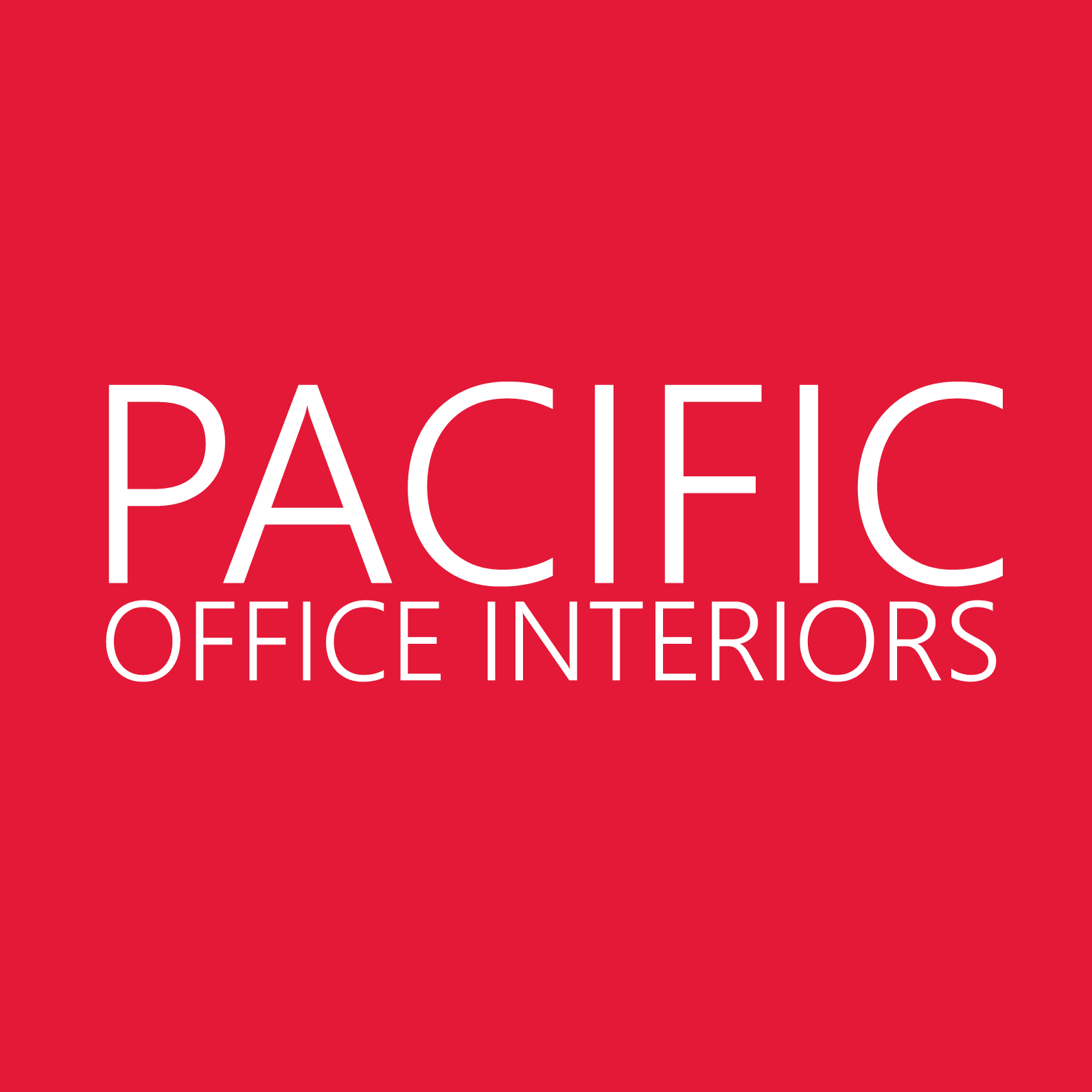
Gather ‘Round: Optimizing Tables and Worksurfaces in the Office
Article contributed by: Unatti Sharma, Studio Associate
Thanksgiving is around the corner and with the holiday, we tend to gather around a table and enjoy the company of loved ones, friends and family. This idea inspired an article for November centered around tables and work surfaces in an office setting- something extremely important to incorporate into a space.
Did you know that Round Tables have been around since the time of King Arthur? King Arthur would congregate and discuss pivotal matters with his equals in their disciplines across the board at a round table. What’s interesting to note is that the design and nature of the round table, created a sort of equalization for all members seated at the table. This is a perfect example where simply in the design and shape of piece of furniture, the work style and emotional messaging it sends to users can be met with both positive or negative effect.
Tables are so versatile – they can encourage and support a myriad of activities simply by their design and function. A table, in relation to its environmental cues, can dictate the tone of conversation and the kind of discussion that may take place within a space.
Formal vs. Informal: The traditional Conference room with a larger surface and multiple seats surrounding it can be used as a more formal meeting environment. What’s interesting to note is that the shape of a conference table and the seating arrangement around it can also denote hierarchy/position.
While conference rooms and board rooms remain a necessity in most organizations, additional touchdown spaces are on the rise for meeting and collaboration. As an office design solution, smaller tables with task or lounge chairs around them can aid in fostering collaboration and greater conversation in a less intimidating setting compared to a traditional conference room. It really comes down to creating an office or space in your company that enables and encourages your team’s best work.
I read a fascinating article last year that discussed in more detail the concept of proximity, common space and collaboration. It went on to explain the idea of “owned” spaces vs interdisciplinary spaces.The concept was simple: specific departments having a close proximity to others within the university started more conversation among students rather than being tied down to their own field of work. You can read that article HERE and read that for yourself.
What I liked most about this article is that it supported the idea of offering different solutions for work styles. You don’t need to gather in a conference room and companies should incorporate additional touchdown spots throughout their space to support the multiple work styles and functions of its workforce.
With recent technological advancements, tables and work surfaces have become equipped to foster collaboration on a global level with video conferencing and better power access to allow a functional space for all. Tables have also become much more versatile in recent years with designs that support the various needs for each employee or user. To illustrate this variable offering, here’s a few ideas that take tables and work surfaces and position them to allow users to do their best work:
- A creative department may like the idea of markerboard tops so they can visually illustrate.
- A tech department may desire for power access/charging capabilities at their table tops.
- For meetings that are quick – we can step away from the desk and move to a standing height table


